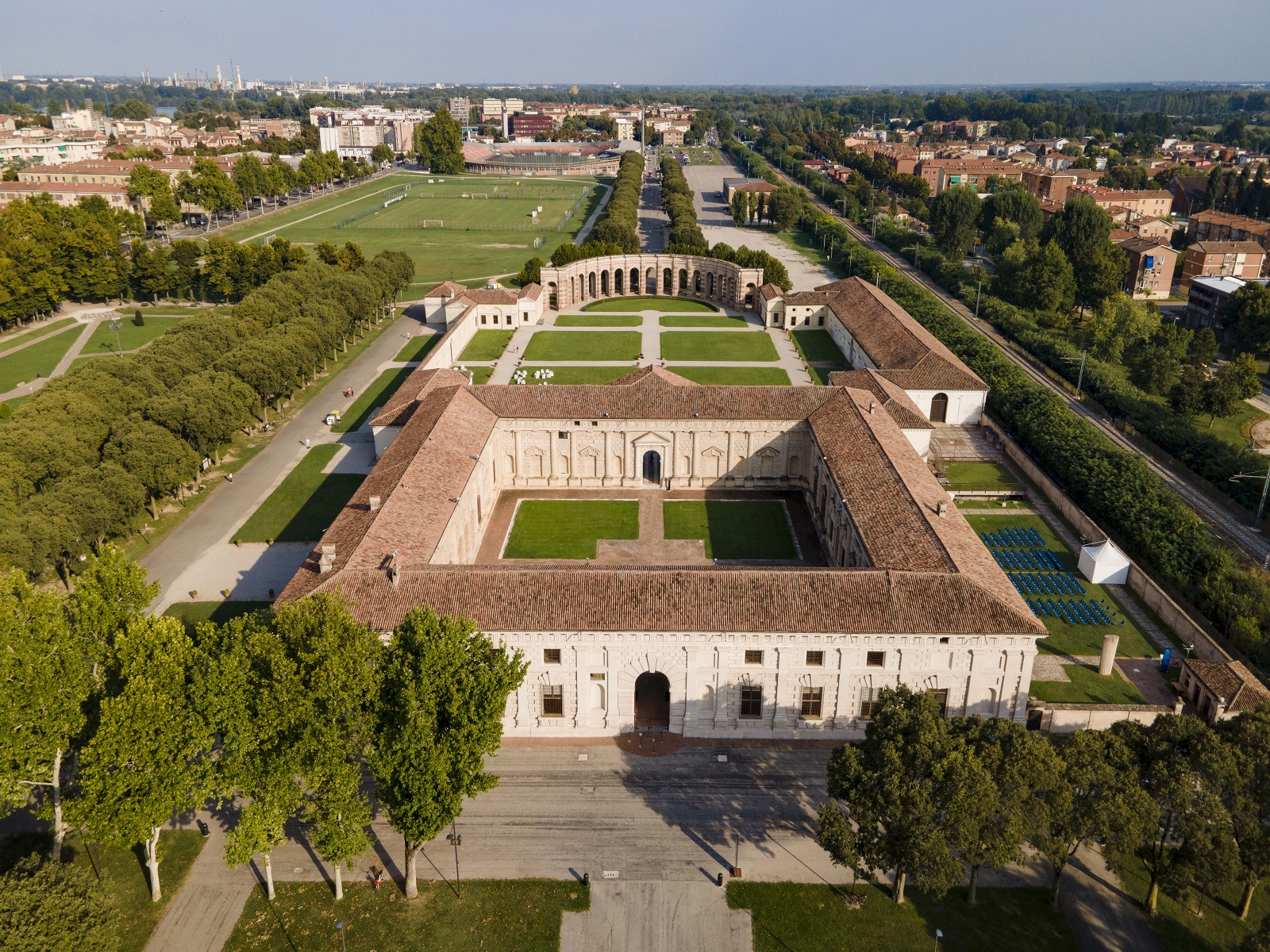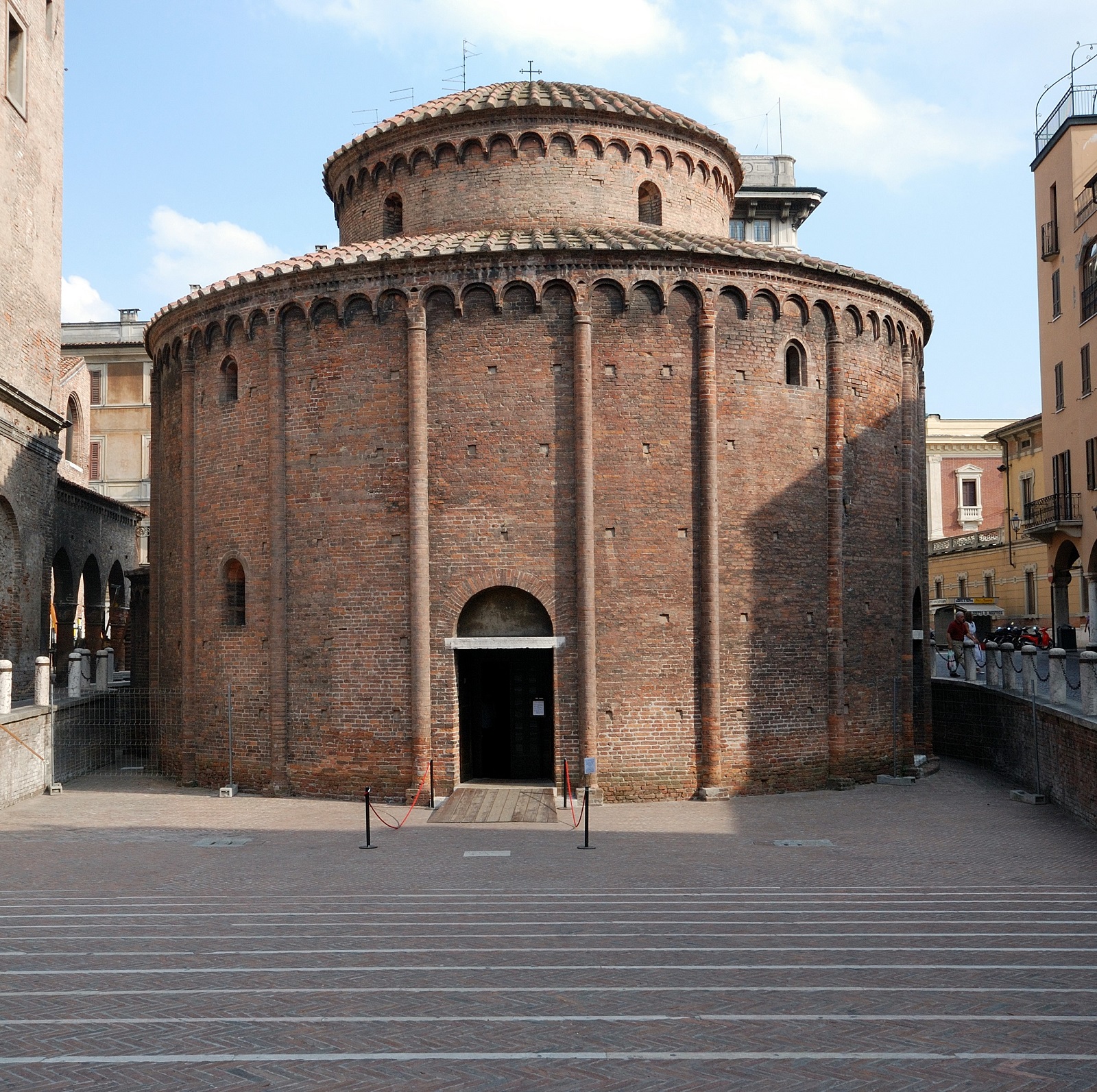
Dear customers, welcome to our website
Lake Garda Travels is an Italian Tour Operator specialized in incoming tours throughout the Garda area and beyond. Our strenghts are the daily tours organised with care and attention to details. As an organizer, Lake Garda Travels is currently the sole provider of excursion services departing from Lake Garda. You can also find us on Get your guide, Viator, Musement and many others. We invite you to browse through our pages to choose the most suitable experience for you and enjoy your holiday to the fullest.
" Here every day is unique, so have magic moments together with us and fall in love with memories of unforgettable experiences."
PAY PAL NOTICE: on our site payments via PayPal will have a 4.3% commission
INFORMATION FOR PARTICIPANTSMantova
Mantua, a city in Lombardy on the border with the provinces of Verona and Brescia and just a few kilometres from Lake Garda, boasts more than two thousand years of history and impresses with its timeless charm. Elected the first Italian Capital of Culture in 2016 and, together with Sabbioneta, a UNESCO World Heritage Site in 2008, it is a tourist destination that encompasses artistic, natural and historical beauty. Mantua appears as if suspended over water: the protagonist of an almost surreal landscape, it is crossed by the River Mincio, whose bend has allowed the creation of three lakes surrounding the city. Navigating its waters by boat is a unique and evocative natural experience. The historical centre is in fact a diffuse museum: Palazzo Ducale, Palazzo Te, Basilica di Sant'Andrea, Rotonda di San Lorenzo, Teatro Bibiena, Palazzo della Ragione and Torre dell'Orologio, Palazzo San Sebastiano are just some of its masterpieces. All around the city is a network of itineraries and cycle paths that allow visitors to explore the area and its rich heritage.
Experiences in Mantova
The things not to miss in Mantova

Basilica S. Andrea
It stands, according to tradition, on the site where St Longinus, the soldier who wounded the crucified Jesus in the side, hid the blood collected at the foot of the cross. The basilica, in its current majestic form, was commissioned by Ludovico II Gonzaga, who in 1472 gave Leon Battista Alberti the task of designing the reconstruction of the pre-existing church dedicated to the apostle Andrew. The façade is characterised by classical elements, while the bell tower, erected in 1413, features Gothic forms. The interior has a single nave with large square chapels on the sides. Of interest are Mantegna's tomb and the painting 'Holy Family and the Family of the Baptist' attributed to Mantegna and his school, as well as the crypt with the Sacred Vases containing the relic of the blood of Christ.

Palazzo della Ragione e Torre dell'Orologio
Built in 1250, it was the palace where justice was administered. It is a large crenellated building: the part that overlooks the square consists of a portico built in the 15th century, onto which the shops overlooked. The upper part, illuminated by the large three-mullioned windows visible from the outside, houses a large hall, now used as an exhibition centre. The tower was built in 1472 to a design by Luca Fancelli, and in 1493 it was equipped with the astrological clock, still visible today, made by Bartolomeo Manfredi and capable of indicating the phases of the moon, the days suitable for various work activities and the position of the sun in the signs of the zodiac. In 1639, a statue of the Immaculate Madonna was placed in the niche under the dial.

Palazzo Ducale, Castello di S. Giorgio, Museo Archeologico Nazionale, Basilica di S. Barbara
The complex consists of three nuclei: the Museo di Corte Vecchia, the Castello di San Giorgio and the Museo di Corte Nuova. Having become the official residence of the Lords of Mantua, the Gonzaga family, in the second half of the 14th century, the museum complex houses masterpieces from the 15th to the 16th century such as the Sala del Pisanello, the Studiolo of Isabella d'Este, the Appartamento di Troia created by Giulio Romano, the complete cycle of Flemish tapestries woven to cartoons by Raphael and other extraordinary treasures. Inside the castle, built between 1390 and 1406, is the famous Bridal Chamber, decorated by Andrea Mantegna between 1465 and 1474 at the behest of Marquis Ludovico II Gonzaga. Also included in the Ducal Palace complex is the Basilica of Santa Barbara, inside which is the famous organ by Graziadio Antegnati from 1565. The National Archaeological Museum is located in Piazza Castello within the vast monumental complex of the Ducal Palace. The museum's collections include Neolithic, Bronze Age, Etruscan, Venetian, Celtic, Roman, Longobard, Gothic, medieval and Renaissance materials from the Mantuan territory. On display in the museum are the 'Amanti', Neolithic skeletons found buried in the Valdaro area near the city.

Palazzo San Sebastiano - Museo MACA
The Palace of San Sebastiano is the only permanent residence of the prince built outside the vast court complex of the Ducal Palace and stands out as a unique case in the Gonzaga tradition of power. Francesco II Gonzaga had it built and decorated between 1506 and 1512. It was an exclusive personal residence - of government and representation - in which Francesco II lived from 1508 to 1519 and received illustrious guests. In addition to numerous rooms frescoed in fairy-tale and exotic forms, with rich vaults filled with feats and symbols of the household, the marquis had a 224-square-metre hall built on the piano nobile to house, with appropriate pomp, the famous and imposing series of Andrea Mantegna's 'Triumphs of Caesar', now at Hampton Court (London). Restored and used as a museum in 2004, the complex has now been completely renovated in its layout, becoming the home of the MACA - Mantua Museum of Ancient Collections.

Palazzo Te
Built between 1525 and 1535 by Giulio Romano at the behest of Federico II Gonzaga, who conceived it as a suburban villa of representation, the palace was built on the island known as Tejeto: the name probably derives from the presence of small thatched houses called 'le teze'. The palace consists of four bodies distributed around a central courtyard and a large rear garden enclosed by a large exedra, accessed through a magnificent loggia overlooking fishponds. Inside, some rooms are particularly fascinating, such as the Sala dei Cavalli (Horses' Room), the Camera di Amore e Psiche (Room of Cupid and Psyche) and the famous Camera dei Giganti (Giants' Room), with extraordinary perspective and acoustic effects.

Rotonda di S. Lorenzo
It is the oldest church in the city and is located about one and a half metres below the level of the square. Built in 1082 at the behest of Matilda of Canossa, the church has a circular layout reminiscent of the Church of the Holy Sepulchre in Jerusalem. Over time, it was encompassed by buildings and houses overlooking the square until, in the early 20th century, it was brought to light with the demolition of the buildings that concealed it.

Teatro Bibiena
This theatre was designed by architect Antonio Galli Bibiena. It is a small jewel of the late 18th century with a very rare 'bell' layout. Conceived for scientific conferences and concerts, a few days after its inauguration on 3 December 1769, it hosted - on 16 January 1770 - a concert by 14-year-old Wolfgang Amadeus Mozart, accompanied by his father Leopold. The latter, from Mantua, wrote to his wife praising the splendid venue where his son had performed. The theatre is part of the larger complex of the Palazzo Accademico that houses the Accademia Nazionale Virgiliana, the city's oldest and most prestigious cultural institution, which houses a library, an archive and an interesting exhibition of surgical instruments from the 18th century.

